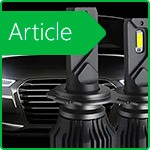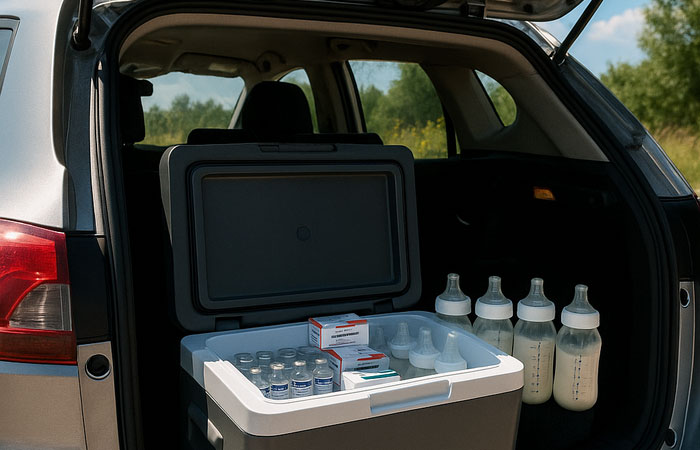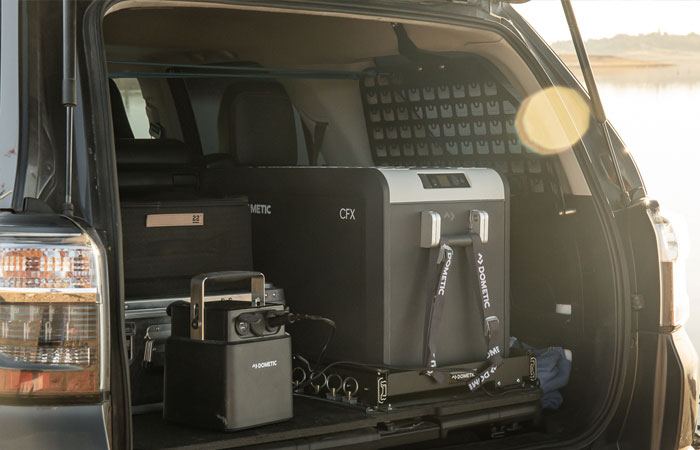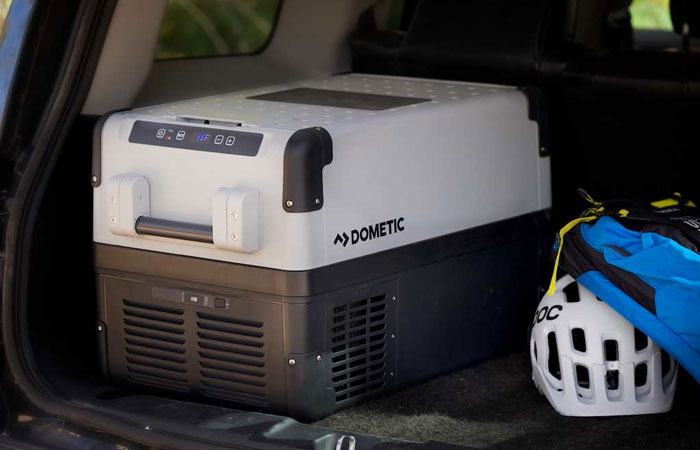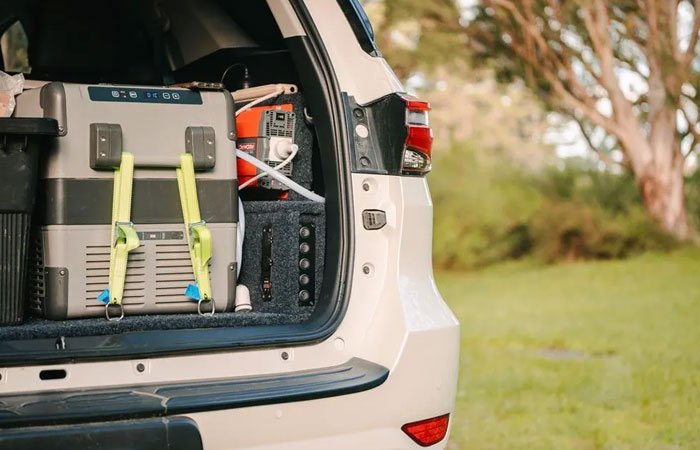How a Car Fridge Affects Battery Health: Myths & Facts
A car refrigerator has long been a must-have for long-haul trips, camping, and family journeys. Yet every summer forums erupt with alarming tales: “The compressor model drained my battery overnight,” “A thermoelectric cooler killed my battery in a month,” and even “The low-voltage cut-off electronics only ruin the battery.” Let’s sort out which claims are persistent myths and which are verified facts.
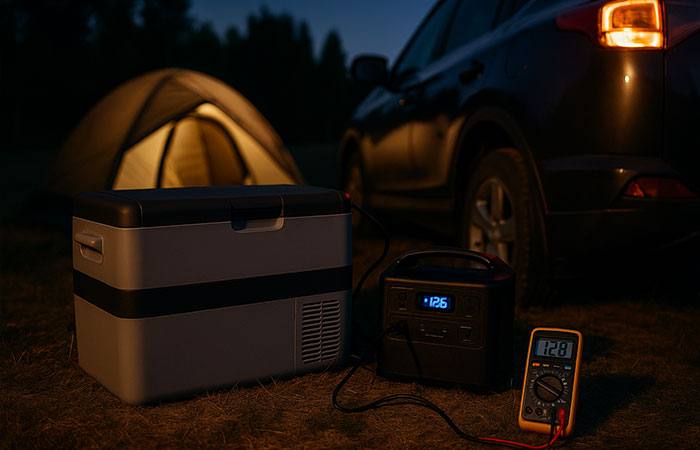
Myth #1. “Any car fridge will drain a battery in a couple of hours”
Fact. An average compressor refrigerator rated at 45 W runs in cycles: at an ambient +30 °C the compressor is on roughly 30 % of the time, drawing ≈ 0.35 Ah per hour. For a standard 60 Ah starter battery this is non-critical: after eight hours the voltage drops to ≈ 12.3 V and the engine still starts. Issues arise when:
- The battery is already degraded;
- other consumers stay powered overnight (chargers, alarm in guard mode);
- a thermoelectric model is installed — it pulls 4–6 A constantly.
Myth #2. “The 11.4 V cut-off is just marketing hype”
Fact. For a lead-acid battery, 11.4 V under load equals roughly 50 % state of charge. Below that, plate sulfation accelerates. Brand-name car fridges offer Low/Mid/High levels; Mid ≈ 11.4 V strikes a balance between runtime and battery life.
Myth #3. “Thermoelectric coolers are safer because they have no compressor”
Fact. A Peltier element’s efficiency is only 8–12 %. Hence a small 25 L cooler draws 4–5 A nonstop, whereas a compressor unit of the same size averages 0.8–1.5 A.
Myth #4. “If the engine still starts, the battery hasn’t suffered”
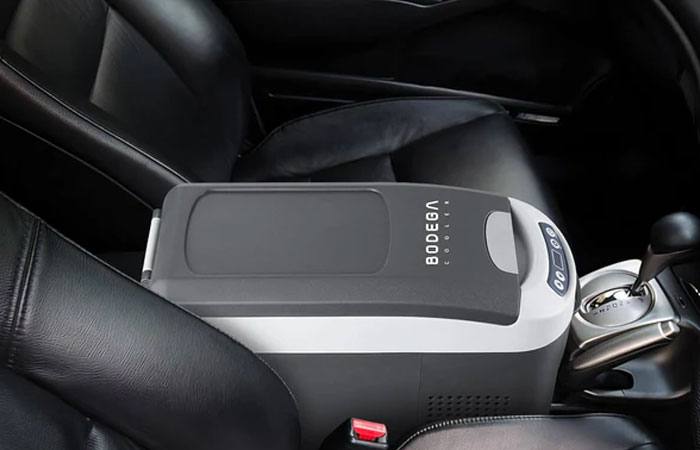
Fact. Every deep discharge below 50 % SoC shortens starter-battery life. Solutions include:
- installing a separate deep-cycle AGM/gel battery with an isolator relay;
- using a LiFePO₄ power station;
- adding a 100–120 W solar panel for long stops.
Myth #5. “In winter the fridge is harmless — it’s cold outside anyway”
Fact. In freezing weather a starter battery loses up to 30 % of its cranking capacity, and compressor oil thickens, upping inrush current. If the fridge runs in heating mode, the load can exceed summer levels.
Practical Takeaways
- Measure real consumption: a simple plug-in volt/ammeter shows the average draw.
- Check battery capacity: an aging battery at 60 % charge won’t last long.
- Set the cut-off to Mid ≈ 11.4 V — the golden mean.
- Let the alternator recharge for 10–15 minutes on idle in the morning.
- Once a month give the battery a maintenance charge at 14.4 V for 8–10 hours.
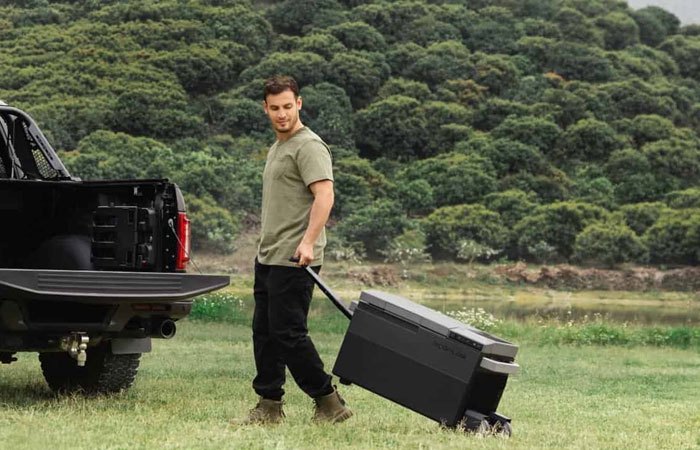
Bottom line. A car fridge doesn’t “kill” the battery by itself — the decisive factors are fridge type, correct low-voltage cut-off, and overall battery condition. Watch the cut-off voltage, choose compressor models with low average draw, and the battery will last its stated lifespan.
Want reliable cooling with no risk to your battery?
-
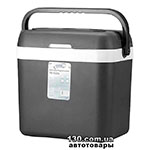 Thermoelectric refrigerator Thermo TR-132A 32 lBuy4129 ₴ 3588 ₴
Thermoelectric refrigerator Thermo TR-132A 32 lBuy4129 ₴ 3588 ₴ -
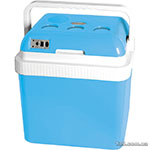 Buy
Buy
-
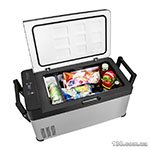 Buy
Buy
-
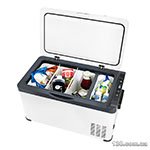 Buy
Buy














